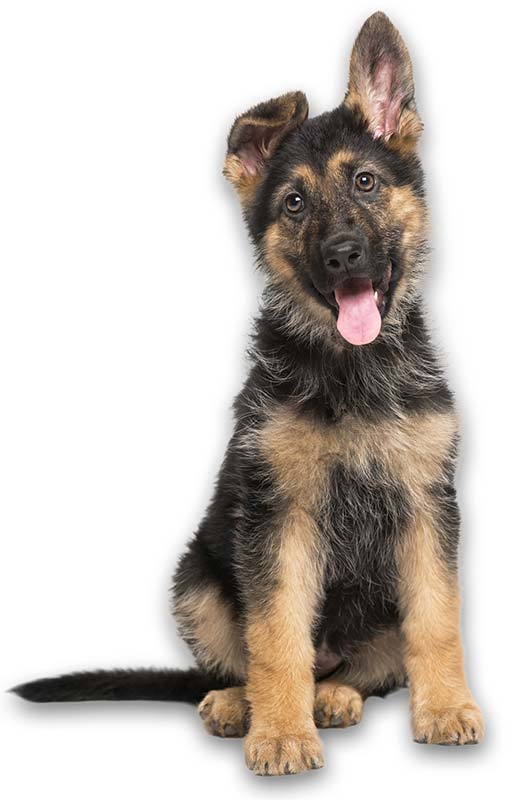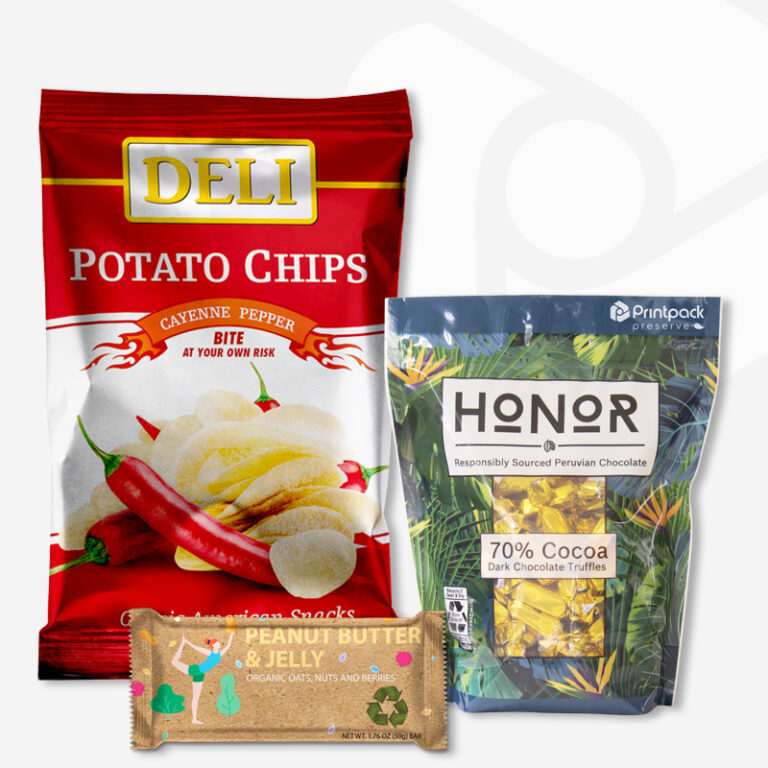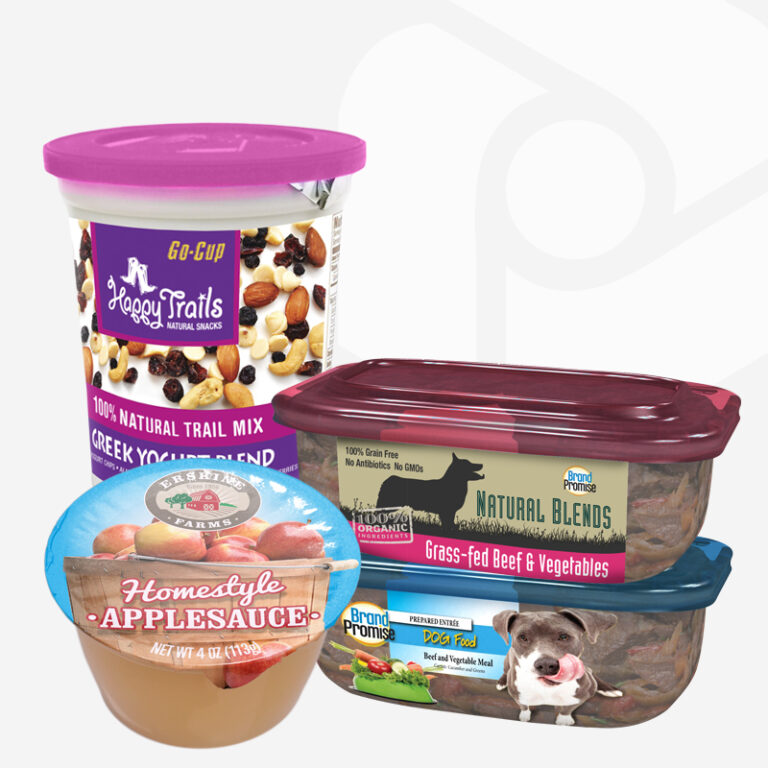2025 Sustainability Goals: Aspirational to Achievable

Innovation. At Printpack, it’s not just a platitude. Over the past 7 years, we’ve developed a 5-point approach that stimulates innovation, helping clients not only get to market more quickly but meet their sustainable packaging goals in ways that…
Learn More
















